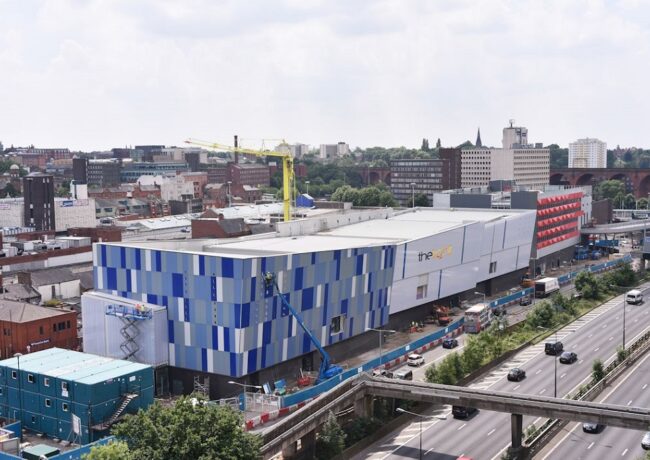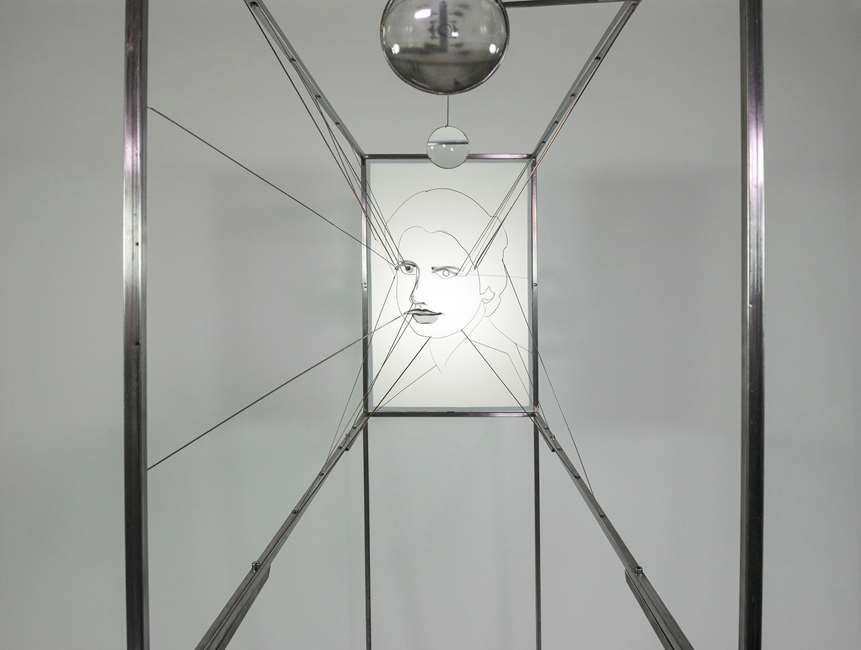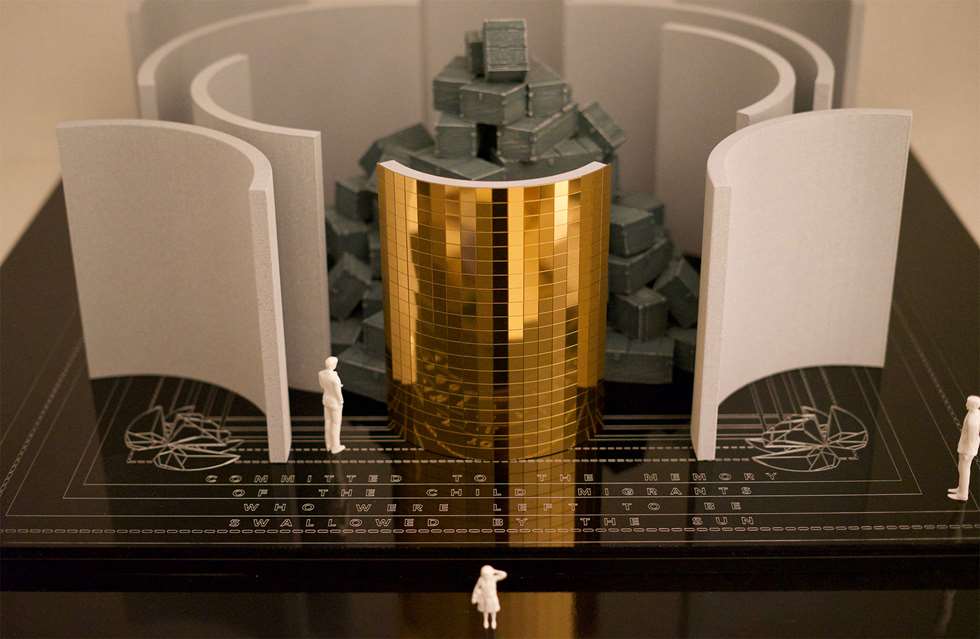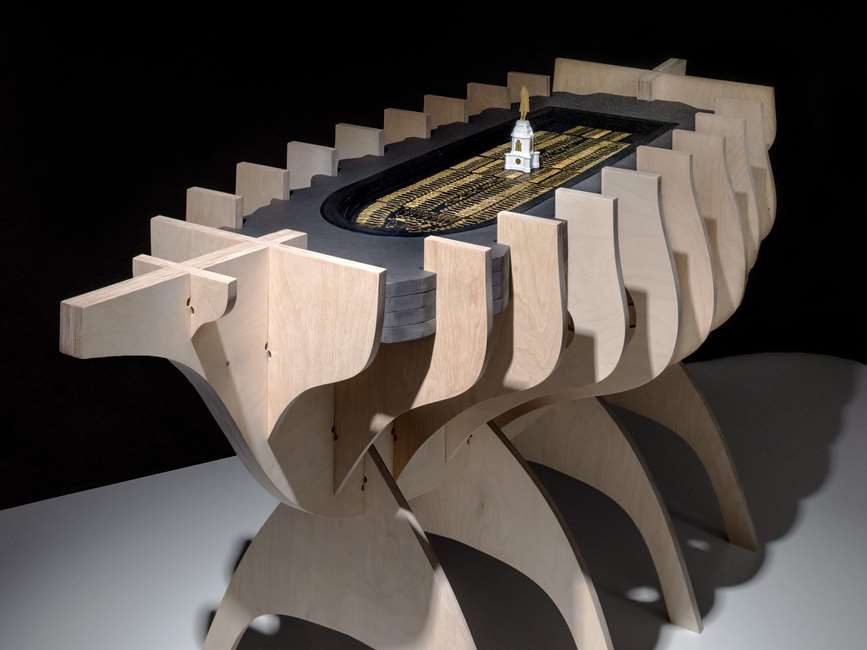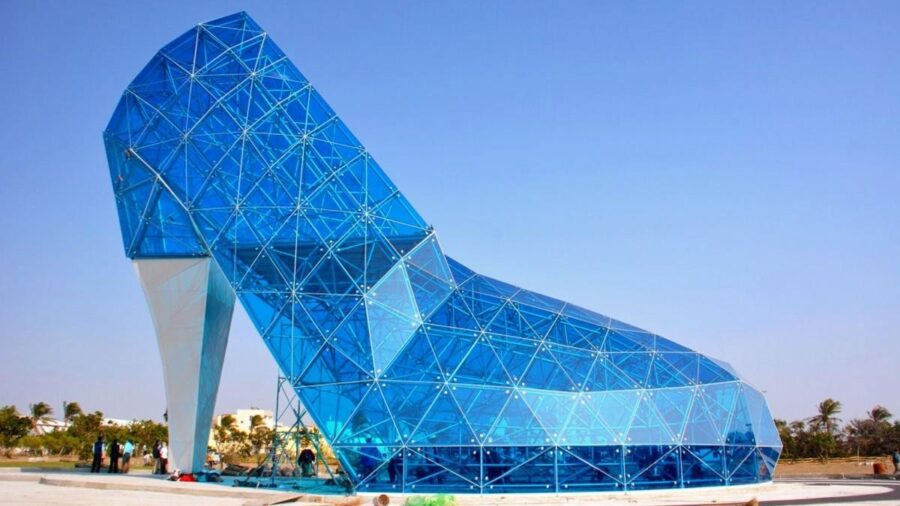THING OF THE WEEK
WINNERS OR LOSERS…? Architecture’s equivalent of the Intertoto Cup is back: two buildings in the North West have been given the dubious honour of being nominated for this year’s Carbuncle Cup, Building Design’s award for the worst new buildings in Britain. Redrock in Stockport, designed by BDP, and the Shankly Hotel by Signature Living have both made the national shortlist, alongside PRP’s Lewisham Gateway; Rolfe Judd’s Haydn Tower in Nine Elms, London; a Streatham house by Pace Jefford Moore; and Plymouth’s Beckley Point by Boyes Rees. By all accounts Redrock’s appearance hasn’t been particularly praised – just look at some of the 43 comments on our coverage – but the centre is trading very well. The Shankly Hotel features a less-than-subtle extension on top of the former Millennium House which was built without planning permission, with consent given retrospectively. Let’s just hope the proposed helter-skelter down the side doesn’t add to its reputation.
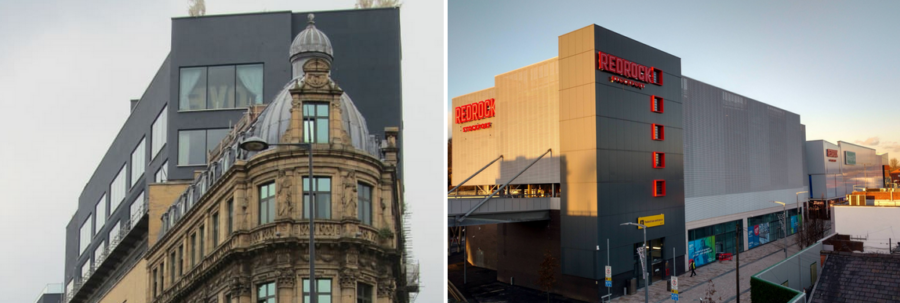
Shankly, left, and Redrock
Evocative visual campaign in St Peter’s Square today by @KeepBritainTidy #FlickingBlueMurder https://t.co/55G7Td9SAb pic.twitter.com/jajy8hdiYC
— Moose (@mooselaboratory) August 29, 2018
BUTT OUT… The appearance of humongous cigarette butts in St Peter’s Square earlier this week wasn’t a sign that Goliath had taken up smoking but rather a campaign by Keep Britain Tidy to highlight the issues caused by cigarette butts being discarded throughout the city. As part of the group’s #BinTheButt campaign, it was looking to highlight the damage caused to the world’s oceans by discarded cigarette butts, which are often chucked down drains with little thought about where the litter might end up. According to research, 39% of smokers admit to throwing butts down the drain in the last month, while 52% of those who smoke every day thought it was acceptable to do so. But the plastics in cigarettes are part of a growing problem of plastic waste in the ocean, so perhaps next time, just chuck your cigs in the bin instead.
RIGHTING HISTORY… Monuments across the country remind us daily of major historic events, but what about those people or aspects of history that haven’t been commemorated? The question of who and how events are memorialised in public art is the subject of a competition recently held by Historic England, and the results are being exhibited in London from today. Works celebrating Rosalind Franklin, who helped unravel the double helix, Helen Sharman, written out of history as the first UK astronaut, and the fishing communities of Northumberland all feature. Unfortunately, there are no plans to erect any as real monuments. Information on the Immortalised exhibition and submissions here: https://historicengland.org.uk/get-involved/help-write-history/immortalised/competition/
- Rosalind Franklin helped unravel the mystery of the double helix, yet remains in the shadow of Nobel Prize winners Watson and Crick. Her portrait will be created as a three dimensional illuminated projection, which will only be visible from one position
- Helen Sharman responded to a radio advertisement to be the first British astronaut. She was selected to undertake astronaut training and her launch was on 18 May, 1991. This new plaque is designed for her home town of Sheffield and uses ‘super-black’ paint to create a void within which you can see an accurate map of the stars in Sheffield aligned as they were on the day of her launch
- From the age of empire, it has been estimated that more than 100,000 British children were shipped off to the various colonies. This memorial remembers the unwanted children, who were given a wooden trunk and a copy of the Pilgrims Progress when sent away
- Contextualising Edward Colston commemorates Colston’s history in a new way, by acknowledging his philanthropy in Bristol whilst surrounding him with the source of much of his wealth – slaves
SOLE SEARCHING… Meanwhile, there are places throughout the world who do prefer their architecture on the ostentatious side. Over in Taiwan, this shoe-shaped Church catches the eye; built supposedly to attract more female attendees, the glass-panelled building is used for wedding ceremonies and was built by the Southwest Coast National Scenic Area. Worthy of a Carbuncle?


